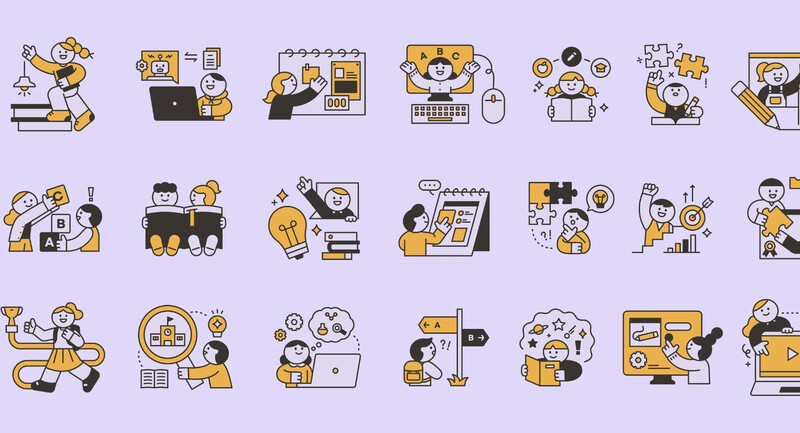Telling is not teaching. We’ve all heard that truism. But it’s hard to avoid telling students things that we think they need to know. Thus, the lecture.
Unfortunately, evidence suggests lectures are not a useful way to improve learning. In fact, the effect size of lectures is negative (-0.28), which suggests that lectures can have a harmful impact on learning (Hattie, 2023). Three meta-analyses of lectures have been conducted, referencing a total of 273 studies. These studies have focused on a comparison between a lecture and active learning or innovative teaching—and the lectures fare worse.
But we’ve been to good lectures. We’ve been challenged and entertained by a lecturer. Our curiosity has been piqued and our critical thinking has been provoked by someone standing in front of the room sharing information. Thus, there must be some good that can come from a lecture.
So, perhaps this is a case of a false dichotomy. Maybe lectures, done well, can be active and innovative. What students don’t need is an information dump. Simply regurgitating information students could have read or watched on video doesn’t constitute a good lecture. Fisher, Alder, and Avasalu (1998) asked students and teachers about the qualities that they valued in lectures. Their findings are summarized in Figure 1. Based on this study, good lecturers model expert thinking, tell compelling stories that illuminate concepts, and share experiences that provide context and insight.
Strengthen Your Lectures
Accessibility and interactivity are key to effective presentations of information. By accessibility, we mean that the content must be relevant to students, understandable to them, and designed to build on existing knowledge while stretching them to consider new ideas.
The interactive nature of the lecture is equally important. It is designed with motivation in mind and considers students’ learning needs, such as posing questions, pausing for notetaking, and providing opportunities for reflection.
Time—including both pace and length—is another important aspect of a good lecture. A pace of about 100 words per minute generates higher levels of comprehension, and students perceive the information to be more valuable, compared to more typical speaking rates of 150 to 200 words per minute (Jin, 2000). For length, the general rule is to speak for less than 20 minutes, but that has been challenged as having little evidence (Bradbury, 2016). Instead, the focus should be on the ways students are asked to recall and retrieve information: When lectures are interspersed with opportunities to practice and apply information, interact with peers, and retrieve information from their minds, the overall length of time spent in the lecture is less relevant.
Emphasizing interactivity, pacing, and frequent opportunities for retrieval and practice can change the effectiveness of lectures.
In the video that accompanies this column, high school teacher Broc Arnaiz engages his students in a lecture. While he speaks, Broc encourages students to interact with the material by making annotations and asking him questions. He speaks for brief amounts of time, then pauses to allow students to discuss the content with one another in small groups and collaboratively generate ideas about a text. The class is large, with over 100 students. It was designed to provide students with learning experiences while they were in high school that mirrored the experiences they might encounter in college. It is common for new college students to enroll in large-format lecture classes. Think 300 students in introductory psychology, for example. Students in higher education have to know how to learn in this situation. And college faculty have to develop tools to engage students during these lectures. But college should probably not be the first place that students are expected to learn in this format. They need practice and feedback in learning this way, which is what Broc’s class and others like it are designed to do.
Optimizing Lecture-Based Learning
While there are both good and bad examples of lectures, it’s unlikely that lectures will be eliminated from the educational landscape. So, we need to focus on how to improve these learning experiences. Importantly, lectures should be integrated into other learning experiences in class. We have argued that lectures can be effective as part of the gradual release of responsibility, with other instructional experiences planned as part of the overall lesson for students (Fisher & Frey, 2021). By viewing lectures as one component of learning, not the sole way of learning, we can build students’ capacity to pay attention and receive information in this format. Emphasizing interactivity, pacing, and frequent opportunities for retrieval and practice can change the effectiveness of lectures.
Show & Tell / Maximizing Lecture-Based Learning









